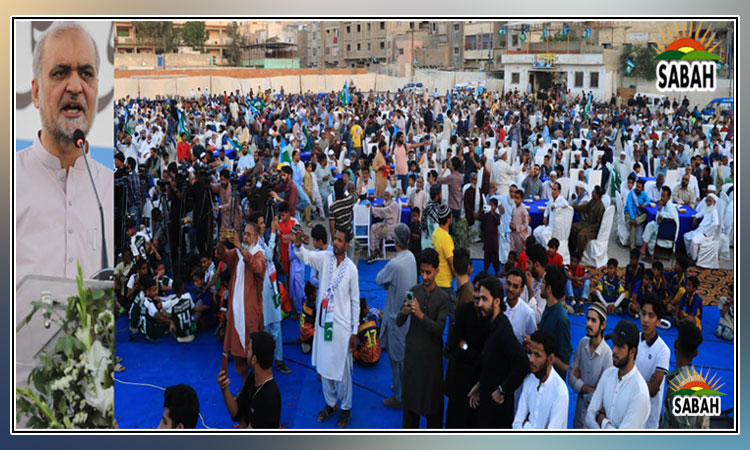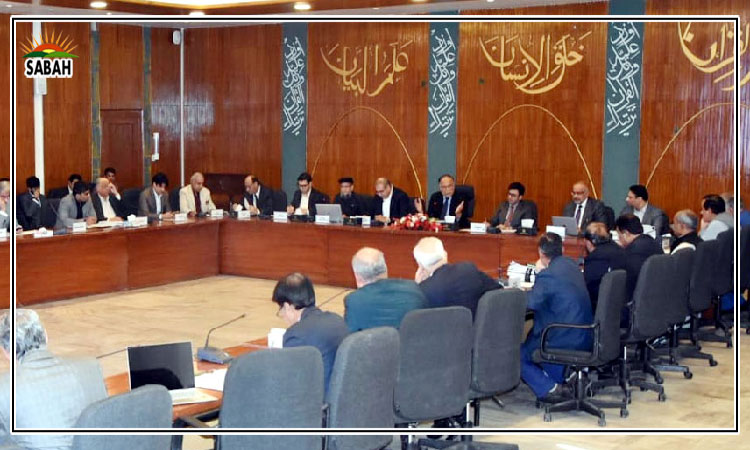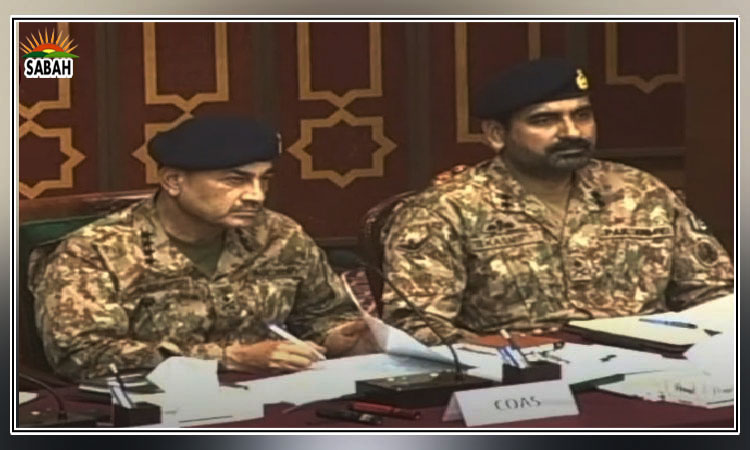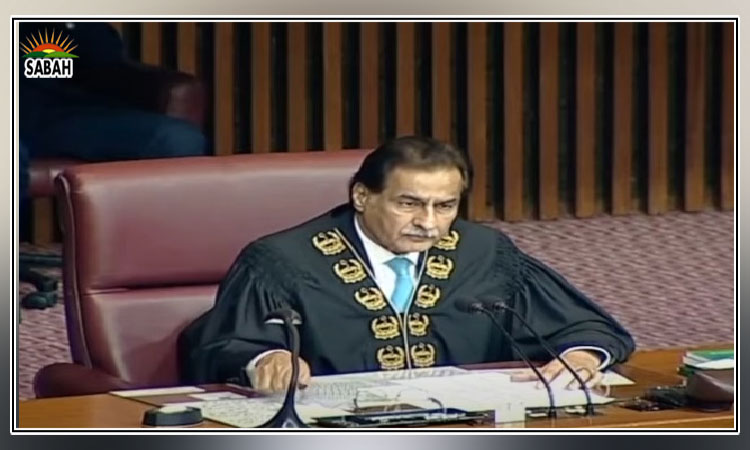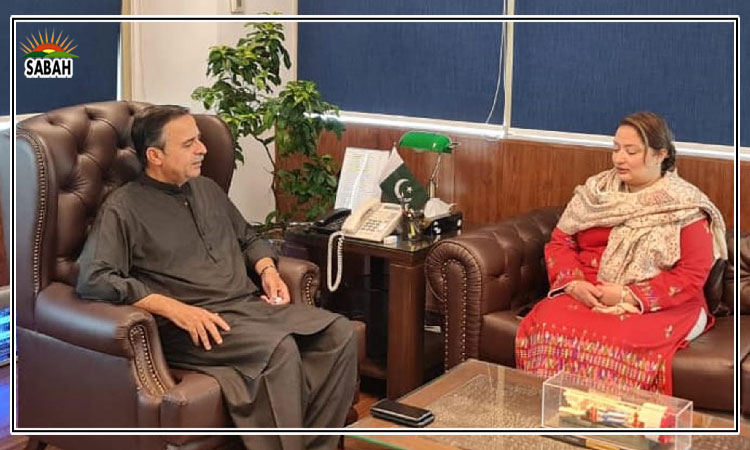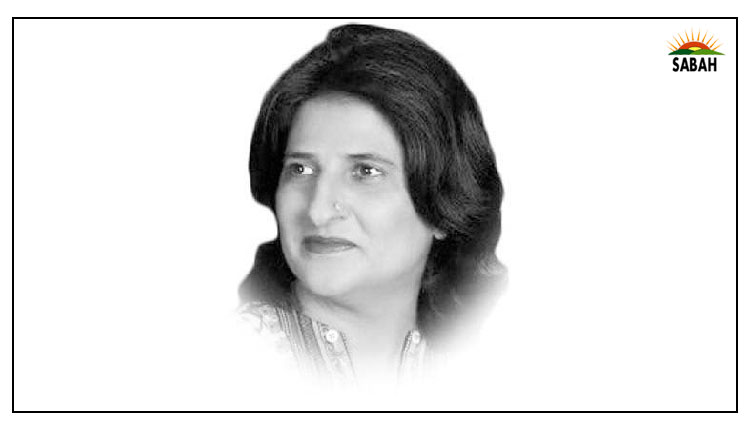Geopolitical shifts amid Iranian actions and resistance… Shazia Anwer Cheema
Watching European youth chant pro-Palestinian slogans and singing the Swedish song Leve Palestina written in the early 1970s in the snow-covered Prague Centre was an experience that is difficult to express in words but could only be felt under minus 7 Celsius chilling night.
The 1970s Swedish song Leve Palestina, which means Long Live Palestine, has become an anthem for protesters all over the world to show solidarity with Palestinians who are being purged in the Gaza Strip. The Swedish band Kofia during 70s was condemned by Swedish authorities for this song, but now it has become the anthem of resistance.
The 50-year long history of Palestinian resistance can be summed up in one line the Israeli genocide of Palestinians. However, the Iranian-sponsored Axis of Resistance made Leve Palestina more popular than ever. The Quds Force of Irans Revolutionary Guard under the command of Qasem Soleimani built a network of non-state actors for western decolonisation of the world. This Axis was bound together by a shared hatred for the US, initially comprising the Iranian Revolutionary Guard and Hezbollah of Lebanon, and later joined by Hamas and Shia militants of Syria and Iraq. It was a flexible group in which each constituent part was self-sufficient and autonomous in decision making, connecting them by the string of a shared enemy USA. Iran, being the mastermind and the binding force of this Axis, provides aid to other non-state actors. Before the October 7 Hamas attack on Israel, all factions of the Axis of Resistance were commonly known as terrorist outfits, but in the aftermath of Israels failed war strategies, they emerged as saviours of the oppressed and symbols of resistance to Western colonisation.
The Axis of Resistance is battling on multiple fronts. It is not only fighting against the tactical support of the US and the reservist Israeli Army, choking Western economic interests in the Middle East, but also influencing international media and western youth. In the past, Western media called it the Axis of Evil but now avoids using this term because this Axis has emerged as a symbol of resistance. However, Iranian Revolutionary Guards attack on Pakistani soil is providing the western media with the much-needed narrative to promote Iran as a constant threat not only to its neighbours but also to global peace. This attack did not make any sense, and experts believe Iran is acting in the Indian direction to inflict harm on Pakistan. I do not expect Iran to be so reckless because the path Iran has chosen is more of an expansionist and hegemonic Muslim power that can never suit India on an ideational level. India does not share Iranian hatred of the US.
Before attacking Pakistan, Iran had already performed surgical strikes in Syria and Iraq, but putting Pakistan in the Syria-Iraq frame was a strategic error of Iran that could even backlash the Iranian forged Axis of Resistance. It is also evident that Pakistan has been informing Iran that numerous hideouts of Baloch terrorists exist in Iran. Instead of acting against terrorists on its soil, Iran attacked Pakistan. And Pakistan was forced to retaliate. But it is good that both countries did not ignite the issue further and resumed diplomatic contacts to normalise the situation.
The Iranian attack on Pakistan was frustrating for China whose economic and strategic interests are linked to the region. China had been playing an important role in normalising Irans relations with other Middle Eastern powers to keep the region out of the conflict. The Gwadar Port, which is the Chinese dream, cannot afford to be in the middle of a conflict zone and also the Chinese desire to keep the Strait of Hormuz out of any conflict would be marginalised if Pakistan and Iran continue in standoff positions.
I believe the January 17th Irans error of judgment is a strike on half a century of Palestinian resistance, on Irans own survival against brutal western sanctions and defamation of the Axis of Resistance colliding with the half-century Chinese struggle to become an economic power.
Courtesy The Express Tribune



